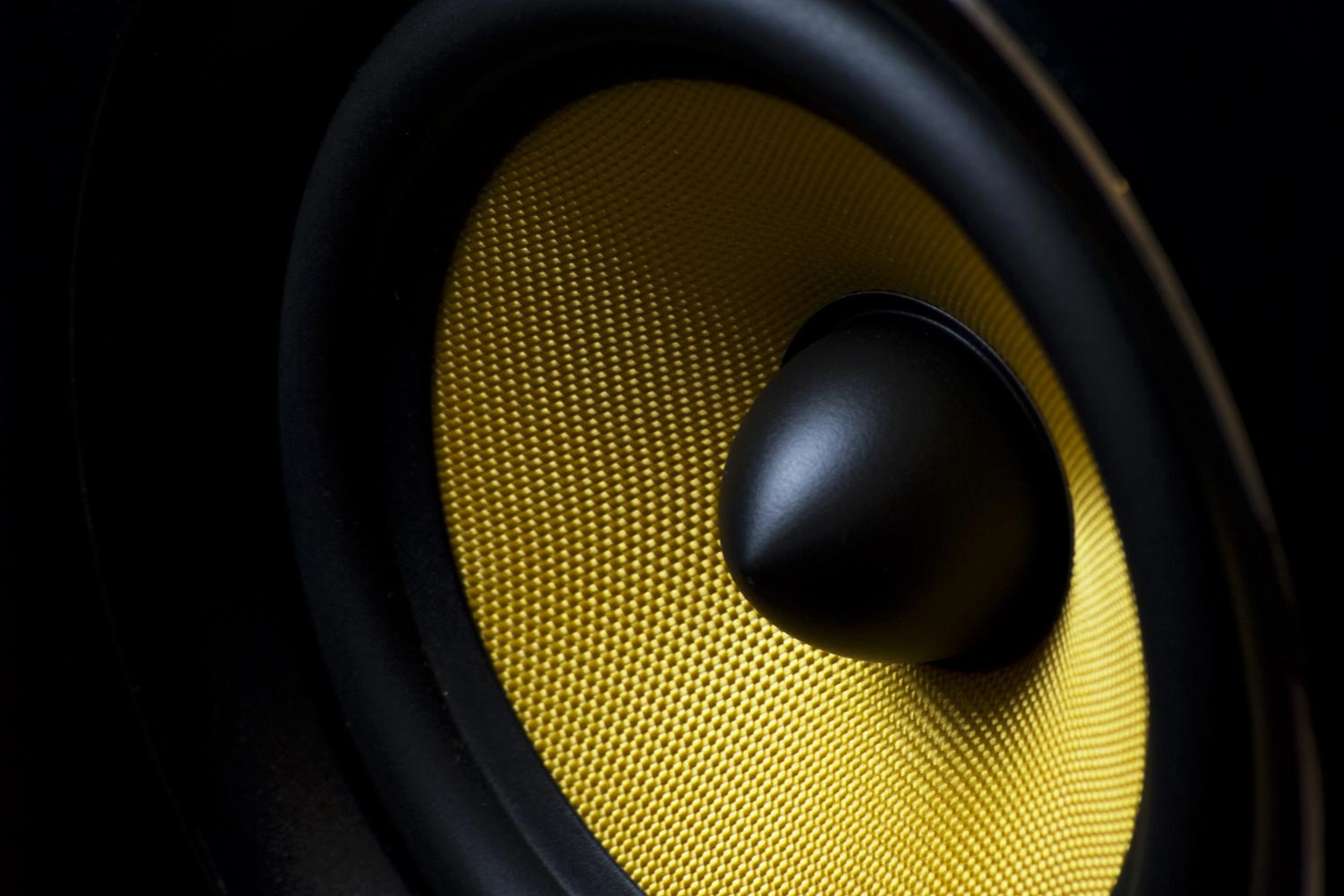There are some similar threads about what imaging and soundstaging even is, and some threads about how to measure it (we're not great at that). In this thread I thought it would be interesting to have a look what properties is likely to enable a speaker to be good at this.
My (!) definition of "good" would be to be able to present a large soundstage. With "large", I mean the experience of sound being presented well beyond the speakers in all dimensions. Width, depth, height. I also mean the experience of a clear perception of where within this space different sounds are located. Finally, this also results in an experience of the music just being present in your listening space, not coming
from the speakers. Often explained as speakers "vanishing" in subjective speaker reviews.
Commercial disclaimer: Imaging & soundstage are qualities I find important, so I strive to achieve this in my designs. You will therefore necessarily find that the list below matches well with our designs. My intent of this thread is
not to discuss our designs specifically, but to discuss the technical properties enabling this quality from a general perspective. Possibly also going into detail on what is likely most important, how much the implementation matters (can you check the boxes on this list and still fail?), and wherever else this thread may lead us.

Personally I think this is a very interesting topic, hopefully others agree.
Below is a list of important factors (not necessarily in order of importance) based on my experience.
- Point source. I don't think this is controversial, and I think this is almost a prerequisite. Coaxial drivers are of course the easy approach to this. There are speakers with traditional drivers that sound big too, but interestingly it's often 2-way speakers with relatively small drivers and/or with at least the midrange and tweeter placed pretty close to each other. Exactly why this elevates the quality of soundstage and imaging I'm not sure.
- Even off-axis response / controlled directivity, so that reflections feel like a natural addition to the direct sound as opposed to being perceived as a distraction or noise.
- Linear phase crossover between the tweeter and midrange.
- Less late reflections. So a well damped room, speakers not too far away, and/or cardioid speakers.
- Enough level and capacity in both the deep bass and the midbass. This I think is another relatively well known thing, that well defined, deep bass can often add to the sensation of space.
EDIT:
Additions to the list based on the discussion, with my comments (will edit again as the discussion progresses):
6. Placement and toe-in naturally affects this quality.
6b. Many argue that the speakers have to be well away from the front wall for good three dimensional, especially in the depth plane.
I find this to partially true, but suspect there is one area where the mind plays some tricks on us. Seeing a speaker close to the wall, makes it harder to accept depth cues.
7. Sidewall reflections.
This definitely affects this quality, but personally I've had varied results which make this a somewhat confusing one. In several rooms I've ended up not dampening the sidewalls for the best soundstage, while in others the opposite was true. 
8. Directivity (also mentioned in point 2) -
I'm not sure it's entirely clear what works here. My own designs are I guess somewhere in between wide and narrow directivity, and that subjectively works very well, but that's not to say that a different approach can't work well too.
9. Well tamed low-end (so good extension with smooth response) has also been suggested.
I'm not sure if that is true directly, or perhaps indirectly due to the fact that uneven bass takes away our attention from the rest.
EDIT #2:
Adding an interesting quote from
@Duke that I think perhaps quite precisely describes what we are after:
"The spatial cues on the recording are perceptually dominant over the spatial cues of the playback room."
General reflection: We could perhaps form the theory that there are a number of elements that need to come together to create this magic, and the exact combination of ingredients may not be the same for each room(?). Which may be one reason why it's a bit elusive. The same speaker definitely doesn't present the same level of soundstage across rooms, so the room + placement is a significant factor.
What else? Agree/disagre? Any reflections (pun intended) to share on the subject?



